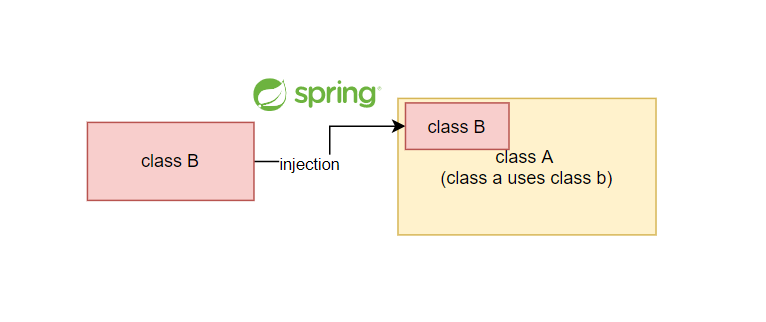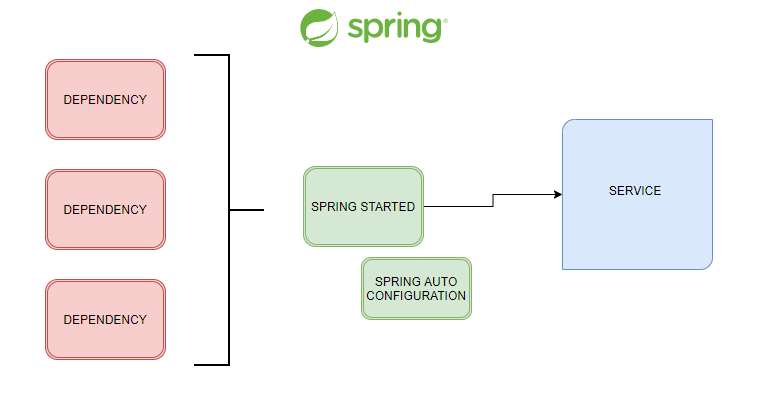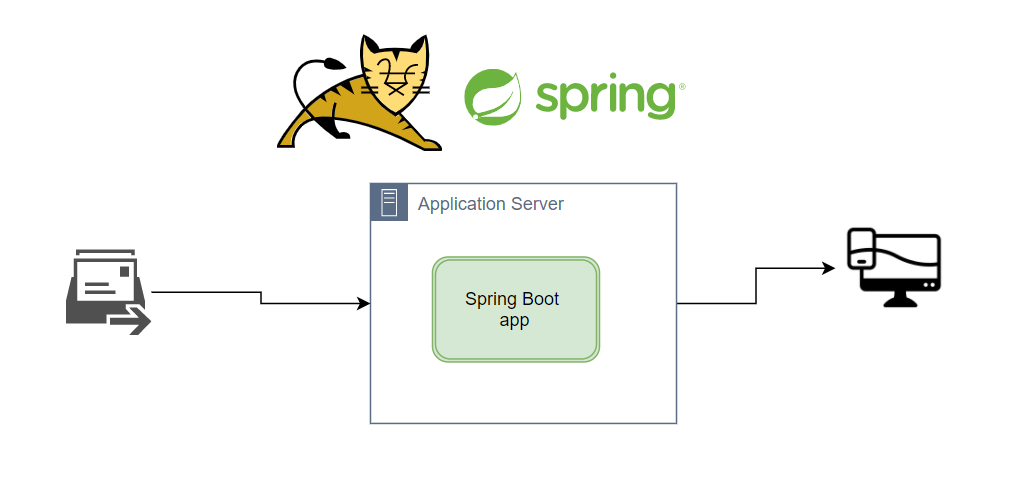Spring Boot is a set of components that provide several tools to create services quickly and with minimal effort.
Spring Boot uses preset configurations that save your time and avoid repetition in application development.
It also provides libraries for most of the needs in the creation of services, microservices and Rest applications.
In addition to this, it orders the architecture of your code giving you the initial bases for each project.
Spring Boot is part of a series of projects which are part of the Spring Solutions ecosystem. Each Spring project solves a particular problem.
In this case Spring Boot solves the creation of production-oriented, fast-running applications with predefined configurations. It integrates easily with other Spring projects such as Spring Data, Spring Cloud, Spring Security, etc.
You can take a look at the Spring page for Spring projects. Among them, we see Spring Boot.
What are the main features of Spring Boot:
- It is lightweight and with a simple architecture focused on dependency injection.
- It gives you the initial dependencies grouped and ready to use.
- Preset and automatic configurations that save you effort in repetitive or cumbersome configurations.
- Access to third-party libraries through interfaces for use.
- Integrate Tomcat, Jetty or Undertow without the need to deploy files to application containers.
- Easy to test and with tools for testing.
- Significantly simplifies data persistence and data queries.
- Monitoring of our application.
- It is prepared for Cloud operation.
Spring Boot works with Dependency Injection (IoC):
Spring uses this pattern called Inversion of Control (IoC). Inversion of control and injection is one of the main aspects of Spring Framework.
Spring Boot being a layer above Spring Framework obviously uses this pattern to add to the parts of our code the different responsibilities it needs.
This pattern refers to the fact that a particular class is supplied with the subsequent classes that the first one needs by injecting them for it to use.
Spring is the one that manages these dependencies by supplying them to whoever needs them.

Spring Boot has initializing or Started dependencies:
Spring Boot’s “started” initializer dependencies provide you with the set of dependencies already bundled and ready to use.
All “started” initializers have the nomenclature spring-boot-starter.
For example the dependency package spring-boot-starter-web gives us the libraries to start a web application on a Tomcat, create a driver that receives a request and responds.
Another example of a “started” is spring-boot-starter-data-jpa which gives us access to the data in a Database.
Spring Boot understands how to use these “started” and creates its default autoconfiguration.

Spring Boot has an embedded Server:
Spring Boot also helps us developers create applications that run without having to think about the application server. We create standalone applications that run without relying on an external server.
We can see it as the ability to create “self-running” applications with a single command.

Spring Boot has Autoconfiguration:
Spring Boot provides us with default configurations for our application. This gives us time to concentrate on solving the functionality from the beginning without repeating configurations over and over again.
This way your Spring Boot application decides the best configuration based on the dependencies you are using. For example, if you have a database dependency such as MySQL or PostgreSql, Spring will decide the appropriate configuration for it. If you want to add or modify any custom configuration, you can do it easily by modifying properties.
Spring Boot provides logging and monitoring:
As standard Spring gives you leave everything ready to log on your application and leave logs that help you monitor status and errors.
What kind of applications can we develop on Spring Boot?
With Spring Boot we can create enterprise microservices that support business functionality and provide the backend for web, mobile and database-driven data processing applications. Small and large applications in scalable cloud environments.
Conclusion
Spring Boot is a Java framework used to create web applications more easily and quickly. Some reasons you might consider using Spring Boot include:
- Automatic configuration: Spring Boot takes care of much of the configuration and integration of different components, saving time and effort.
- Easy to use: Spring Boot provides a lot of out-of-the-box functionality, allowing developers to focus on writing business code instead of configuration.
- Scalability: Spring Boot is designed to be scalable, meaning it is easy to maintain and expand as the application grows.
- Integration with other frameworks: Spring Boot has extensive integration with other Java frameworks, allowing for easy integration of different tools and technologies. In conclusion, Spring Boot is a good option for developers looking to create web applications quickly and efficiently without having to worry about configuration and component integration.